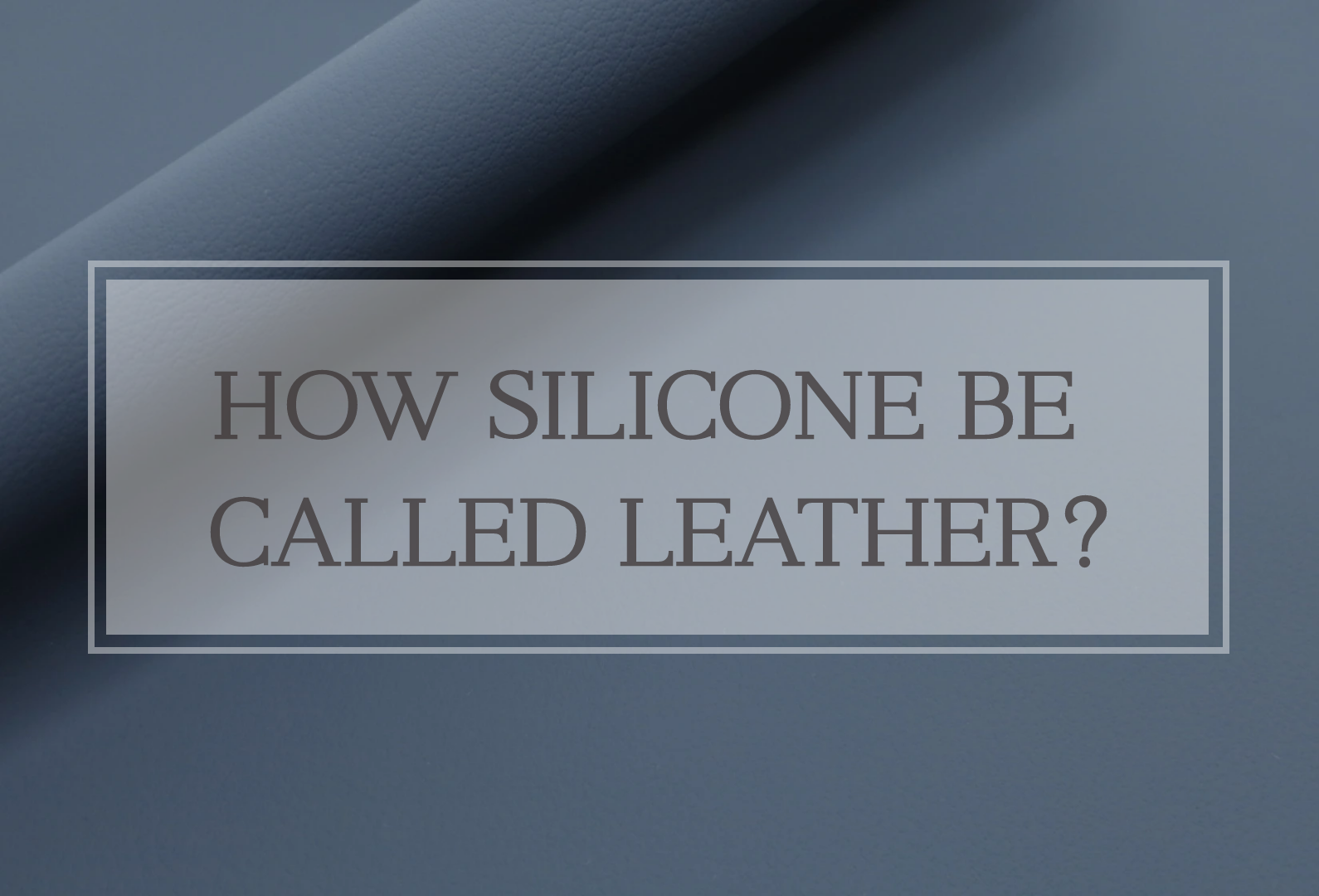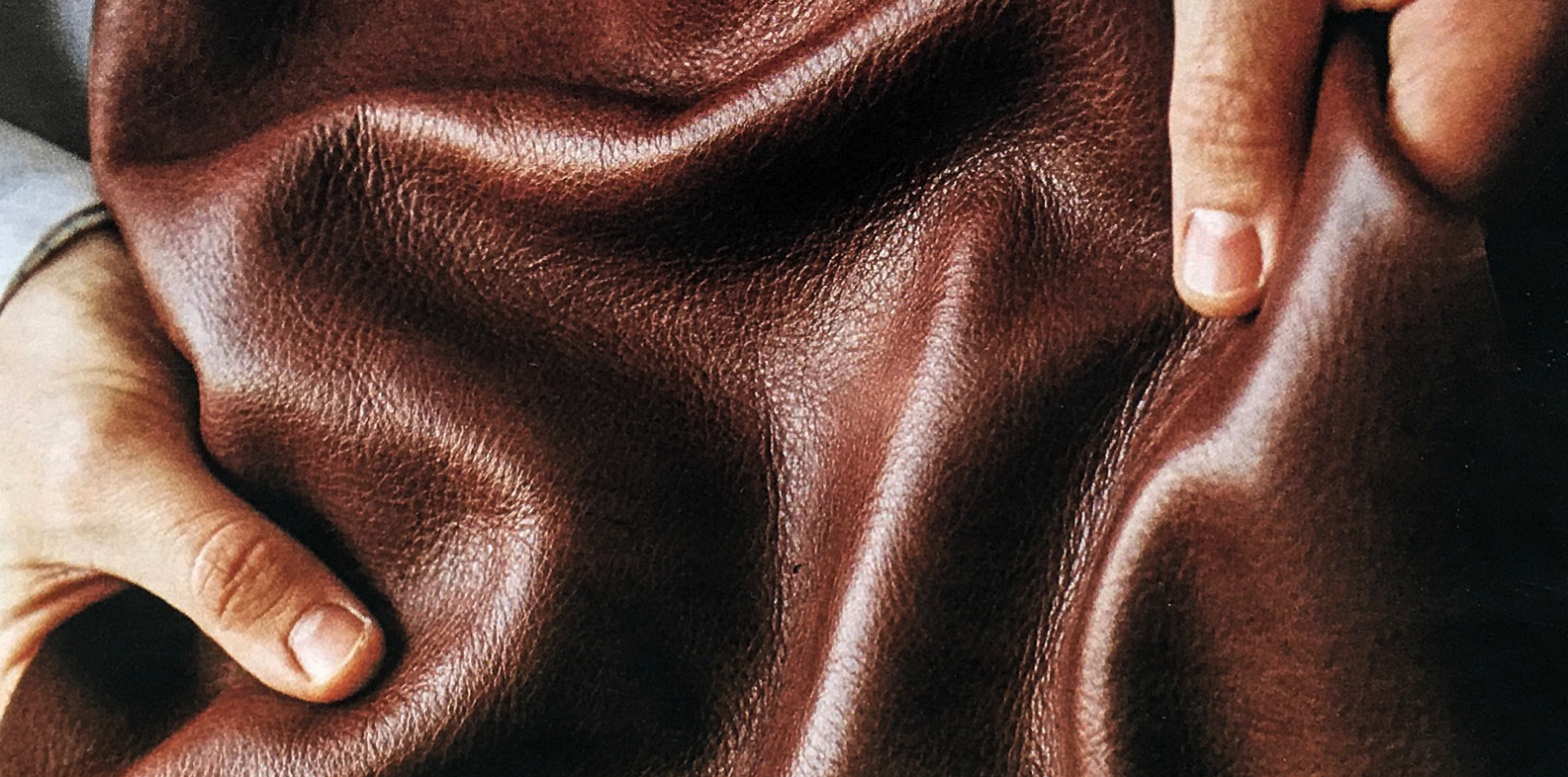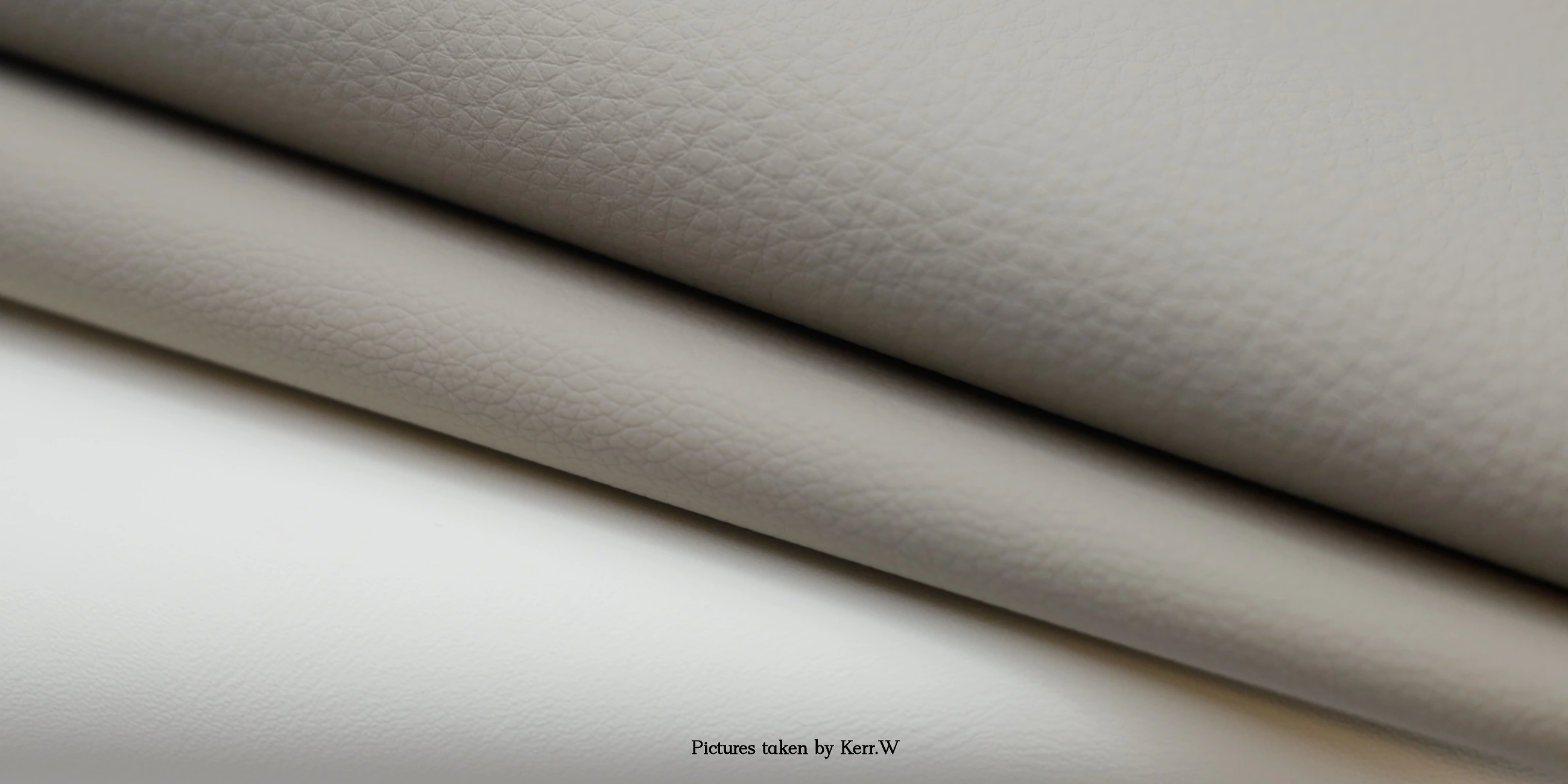Everyone may view this topic differently depending on their industry background and perspective. I welcome you to join the conversation on my LinkedIn page — it’s a space where we can exchange insights, clear up misunderstandings, and explore new ways of thinking about materials together.
top of page
Why Do We Still Call It “Leather”?
What defines leather today? Explore how silicone leather and other alternatives are reshaping the meaning of leather through innovation, regulation, and sustainability.

Inspiration Behind This Article
A Simple Question Sparked a Broader Debate
This article was sparked by a recent conversation on LinkedIn with seasoned professionals from the traditional leather industry. A simple yet thought-provoking question was raised:
"Why would your product — silicone leather — be called leather?"
That question led to broader reflections: How do we define leather today — by its biological origin, its performance, or its appearance? And who decides — regulators, manufacturers, or consumers?
At a time when sustainable, high-performance materials like silicone leather, mushroom leather, and other non-animal options are gaining traction, the term “leather” itself is under scrutiny. Should we still use it to describe these alternatives? Or does that create confusion?
In this article, we explore how innovation, regulation, and consumer perception are shaping the evolving meaning of “leather” — and why transparency in terminology matters more than ever.
Traditional Definitions vs. Market Realities
What ISO and EN Standards Say
According to official European (EN 15987) and international (ISO) standards, “leather” refers strictly to material made from tanned animal hides. These guidelines aim to protect consumers by ensuring clarity and transparency in labeling.
The Gap Between Labels and Consumer Understanding
By this definition, materials like vegan leather, PU leather, PVC leather, and silicone leather do not technically qualify as leather. Yet, these terms have been widely adopted by both industries and consumers, creating a gap between regulations and real-world usage.

Why Silicone Leather Is Different
How It Compares to PU and PVC
While PU and PVC leather have long been used as animal-free options, silicone leather represents a new generation of high-performance synthetic materials.
It's not just about being animal-free — it’s about being safer, cleaner, and more durable.
Performance and Sustainability Benefits
Key benefits of silicone leather:
- VOC-free, plasticizer-free, solvent-free
- UV-resistant, waterproof, long-lasting
- Easy to clean, highly durable
- Produced through low-emission, sustainable processes
This makes it ideal for automotive interiors, furniture upholstery, aviation, public transportation, and more — especially where sustainability and hygiene are critical.

Leading Brands Are Already Moving
Automotive and Fashion Brands Leading the Way
Global companies are embracing next-gen leather alternatives:
- Mercedes-Benz: Uses MB-Tex, a high-end synthetic material.
- Apple : Phased out leather accessories in 2023, switching to FineWoven, a recycled textile.
- Stella McCartney, Lululemon: Integrated mushroom-based leather (Mylo) in selected products.
- American Airlines: Piloted silicone leather in business-class seating for performance and sustainability.
What This Shift Signals About the Future
This growing interest in material alternatives signals more than just a passing trend — it reflects a broader shift in how industries think about sustainability, performance, and innovation. By choosing materials like silicone leather, leading brands are not rejecting tradition but expanding the possibilities of what materials can offer. It’s a sign that the future of design will be shaped by a fusion of science, responsibility, and creativity.
So… What Really Defines “Leather”?
Biological Origin vs. Functional Identity
Technically, “leather” means animal hide. But practically, consumers associate the word with durability, comfort, and design — not just origin.
This raises a key question:
Should leather be defined by where it comes from — or by what it offers in function and value?
The Importance of Clear, Honest Communication
In today’s expanding material landscape, brands have a responsibility to clearly communicate what their products are made of and how they perform. Transparency not only helps consumers make informed decisions, but also strengthens brand trust and credibility. Honest labeling and messaging ensure that innovation doesn’t come at the cost of consumer confidence.
Our Perspective
Ekotina’s View on Innovation and Responsibility
At Ekotina, we believe the conversation should focus on:
- Performance over tradition
- Sustainability over origin
- Transparency over terminology
Silicone leather was never meant to replace genuine leather.
It’s a smarter upgrade to traditional synthetic options like PU or PVC — offering better performance with less environmental impact.
Let’s Keep the Conversation Going
bottom of page

